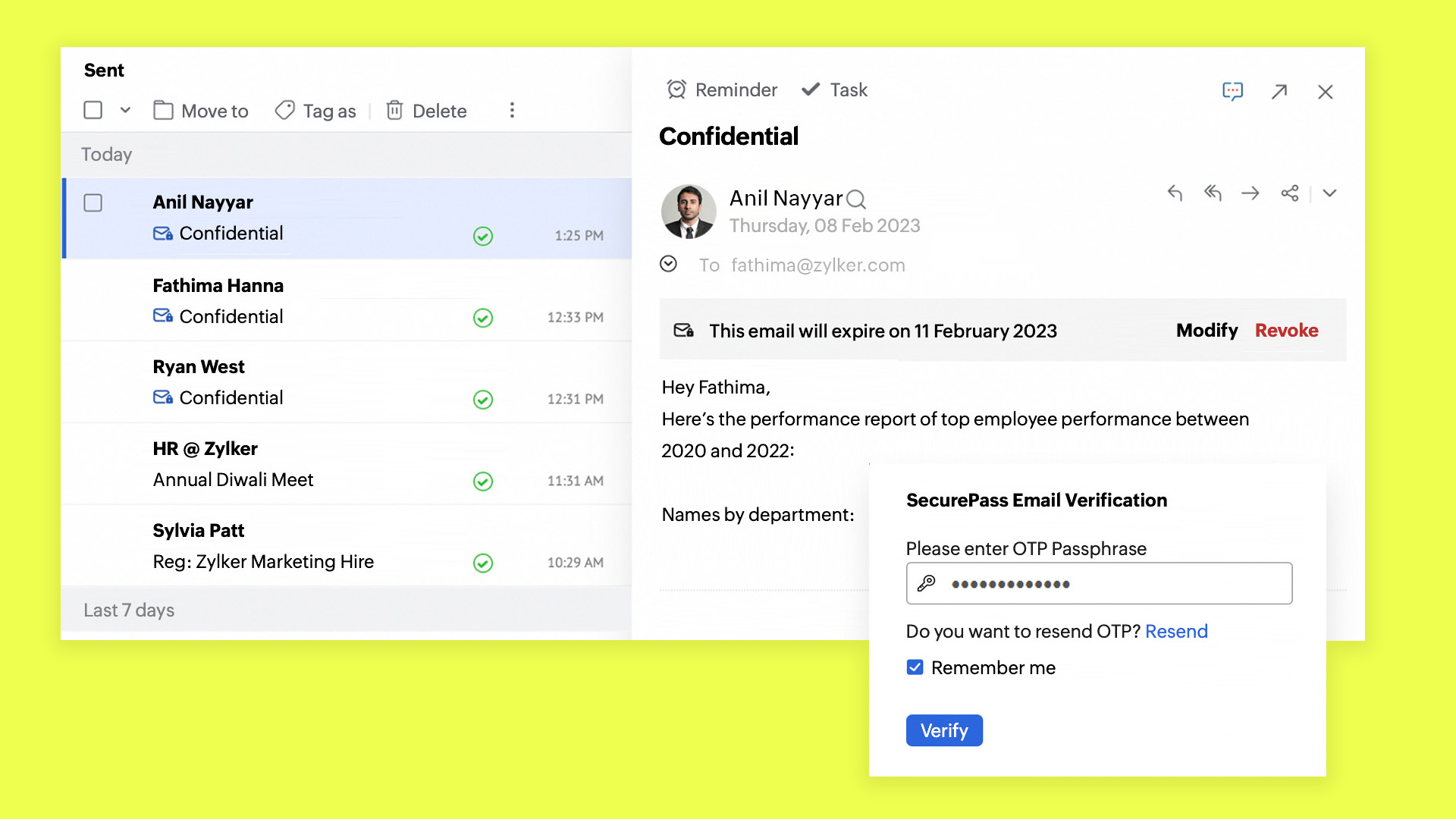Digital communication, such as emails, instant messages, and telephone calls, became popular after the 1980s. But unfortunately, so did the hackers. The fact that emails could be intercepted, devices could be hacked, and data could be stolen and sold posed a grave concern for government and private organizations alike. They not only had critical business information but also people’s personal data because financial institutions contain credit card information, healthcare providers store patient billing and health records, and so on.
Over the years, cyberattacks have grown exponentially, wreaking havoc on companies with disruptions in operations, heavy data and financial losses, and hefty damage to their reputations. Even tech giants like Yahoo, Microsoft, Facebook, and Twitter fell victim to these attacks, resulting in millions of compromised data records. There was a whopping 38% increase in the number of cyberattacks in 2022 compared with 2021.
Unassailable data security in all modern forms of digital communication is the need of the hour to prevent and thwart cyberattacks. That's why we, at Zoho Workplace, constantly strive to make our platform more secure, shield it against attacks, and save you from worrying about your data being compromised. Let's look at two new features—SecurePass in Zoho Mail and Mobile Device Management (MDM)—and how they secure your sensitive information.

SecurePass: “Password please”
Let's say you send sensitive information—for example, bank account credentials— to a friend via email. You don't want this information to be seen by others other than the recipient to whom you send it. What if your company has configured email forwarding for all outgoing emails? Or, by some grave misfortune, the email gets intercepted? With Zoho Mail's SecurePass, you can simply not care and be confident that no one other than the intended recipient can read the email’s content.

You can use SecurePass to send critical and sensitive information to people confidentially via email irrespective of what email application they use. SecurePass protects your data by:
- Ensuring the recipient enters the password to view the email content.
- Disabling the user from forwarding, printing, or copying and pasting the email.
- Setting an expiry date for the email.
Here's how it works. You send an email protected by SecurePass along with an expiry date. A link protected by a SecurePass code is delivered to the recipient(s) in the “To” address alone via email. The recipient must enter the code to view the email content, and they can't print, forward, or copy/paste the content. The email link disappears on the specified expiry date, after which the contents cannot be accessed. (Click here to learn how you can send emails protected by SecurePass.)
MDM for device security
The pandemic led to the widespread creation of a hybrid workforce, which has become the norm in many organizations worldwide. Smartphones have become the preferred tools for employees because they can manage their work from anywhere. However, mobile devices carry their own set of security concerns when users access sensitive company data, especially when the devices are employee-owned. Below are a few examples of situations where mobile devices are vulnerable to cyberattacks:
- Downloading unverified third-party applications.
- Features like cameras and microphones can be hacked to access information.
- When devices are connected to shared public wifi networks.
Gartner has found that 55% of employees use their personal devices for work. So, it's imperative that employees' mobile devices are secured against all security risks that can arise. Enter Zoho's Mobile Device Management (MDM)—where you can efficiently control and oversee corporate and employee-owned Android and iOS mobile devices on your network. Through MDM, IT admins can apply security configurations, policies, and restrictions on devices to secure them preemptively against potential threats.
Here at Zoho Workplace, in our continuing journey of making the platform more secure, we’re bringing in the functionalities of MDM into all of our associated applications.
Emails are a source of security threats because malicious attachments can silently implant malware when they’re downloaded. With the MDM integration into Zoho Mail, you can apply restrictions to both Android and iOS mobile devices when users access the Zoho Mail mobile application. A few areas where you can apply these restrictions include printing emails, downloading attachments, and capturing screenshots.
Users can enroll their personal devices and the IT admins will configure Android for Work (AFW) for Android devices and Apple Push Notifications service (APNs) for iOS devices. The admins can restrict the number of devices a user can enroll. Once enrolled, the user and their device details are stored in the admin console, from where the admin can remove any device at any time.
We’re working diligently to ensure that the other applications in the suite get integrated with MDM as well.
Note: MDM integration with Zoho Mail is currently in development and will be made available soon.
Securing your communications since 2001
There's no denying it: Threats to data security are at an all-time high. That's why we’re always thinking up more features, integrations, and enhancements to make every form of communication more secure. The security that matters to us is protecting your data against any and all threats.
This announcement is part of the #FutureOfCollaboration series that talks about the latest updates to Zoho Workplace. Read the complete announcement here.
Comments